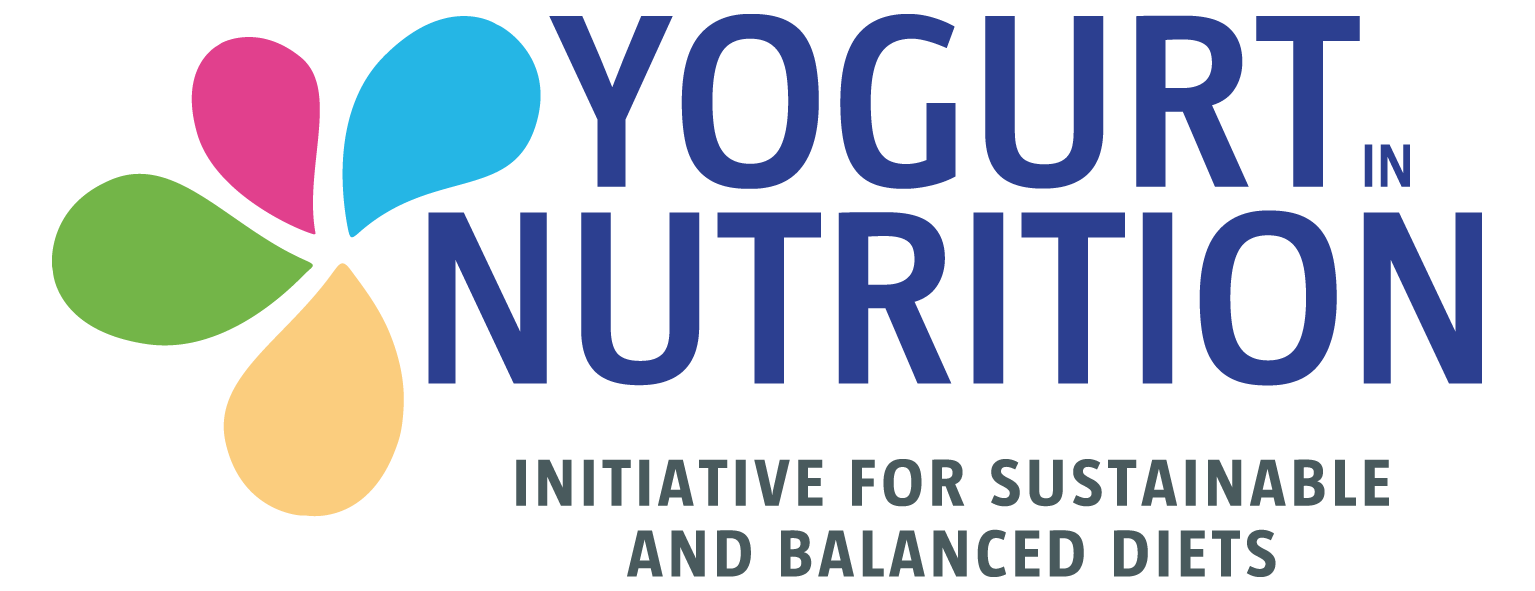Adolescent girls are at risk of a shortfall in nutrients, and vitamin D, calcium, potassium, fibre and iron are of particular concern. This study shows that increasing dairy food consumption can make up for the shortfall of three of these nutrients of public health concern – calcium, vitamin D and potassium. They can also improve protein, magnesium and zinc – all key nutrients essential for adolescent growth and bone health.
The authors used data from The National Health and Nutrition Examination Survey (NHANES) 2007–2010 – What We Eat in America – to carry out diet modelling exercises. The aim was to determine the effects of increasing consumption of plant-based foods versus dairy foods on energy and nutrient intake in adolescent girls.
They modelled three dietary scenarios: increasing consumption of plant-based foods, increasing protein-rich plant-based foods, and increasing milk, cheese and yogurt.
Doubling consumption of plant-based foods has pros and cons
In this dietary scenario, the intake of currently consumed plant-based foods (fruits, vegetables, total grains, legumes, nuts, seeds and soya) was doubled and the intake of animal products (eggs, meat, poultry, fish and dairy) was reduced proportionately.
This dietary change led to increased intake of dietary fibre, added sugars, vitamin E, iron and folate, and decreased intake of total fat, saturated fat, zinc, vitamin D, calcium and protein.
Hence if adolescent girls were to follow this dietary model, only two of the five nutrients of concern – fibre and iron – would improve, while the intakes of the other three – calcium, vitamin D and potassium – would worsen.
Doubling protein-rich plant foods fails to impact on protein intake
In this first, plant-based scenario, protein intake was reduced by almost 10 g/day when compared with the usual diet, meaning that the proportion of girls failing to meet the Estimated Average Requirement (EAR) for protein rose from 5.4% to 14.5%. Low intakes of protein are a cause for concern because of its key role in supporting numerous physiological processes and growth.
In anticipation of this protein intake fall, the authors’ second scenario doubled the girls’ intake of protein-rich plant foods such as legumes, nuts, seeds, and soya. However, they found that this had no real impact on protein intake because adolescent girls eat so little of these types of foods in their normal diet. It may therefore be difficult to encourage teenage girls to increase their consumption of protein-rich plant foods in their diet to a level that would achieve meaningful changes in their nutrient intake.
Doubling consumption of dairy products increases intake of protein and other nutrients critical for growth and bone health
However, the authors found a different picture when they increased the intake of dairy products. In the final dietary scenario, the intake of currently consumed dairy foods (milk, cheese and yogurt) was doubled to meet the recommended level in the USA for adolescents of 3-4 servings daily.
Protein consumption rose by 10.8 g/day and the proportion of girls not meeting the EAR for protein fell from 5.4% to 2.8%.
The higher dairy consumption also led to increased intakes of vitamin D, magnesium, zinc, calcium, potassium, energy, total fat, saturated fat, and added sugars.
An adequate intake of calcium during childhood and adolescence is essential to attain peak bone mass, important for reducing the risk of fractures and osteoporosis in later life. In this dairy model, the proportion of girls failing to meet the EAR for calcium fell from 76% to 41%. Vitamin D intake also increased, although 80% of adolescent girls were still not meeting the EAR for vitamin D.
Eating more dairy offers benefits to adolescent girls
The authors conclude that non-specific recommendations to increase intake of plant-based foods at the expense of animal foods has some nutritional benefits – such as reduced intake of total and saturated fat – but can also have some detrimental effects – reduced intake of zinc, vitamin D, calcium and protein.
Conversely, eating three servings of dairy foods daily improves intake of nutrients that are crucial for growth and bone health, including three nutrients of concern – calcium, vitamin D and potassium.
Find out more: read the original article.





